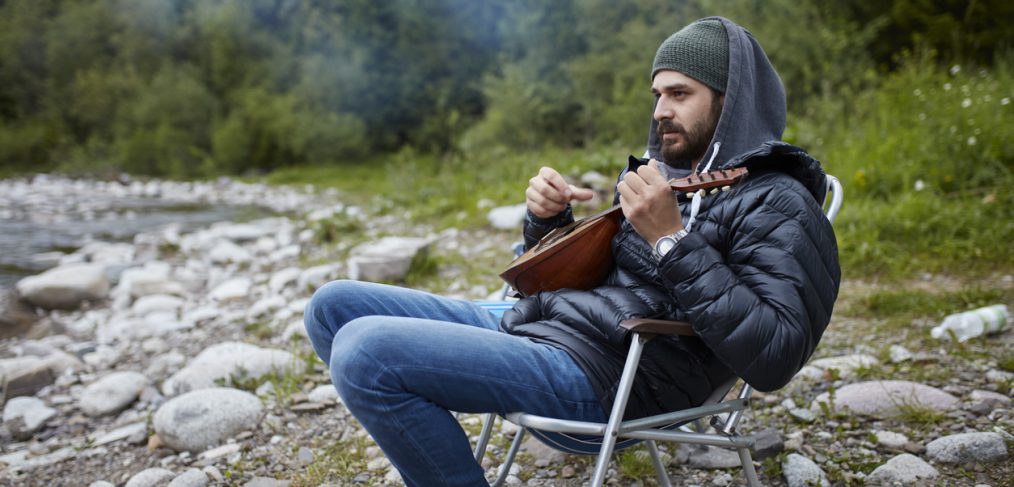
Unstructured Time—Setting Yourself Free
When was the last time you had some free time?
By free time, I don’t mean time to mow the lawn or a chance to finally clean the garage. I mean time that’s completely yours to do whatever you want—to do what you feel like doing in the moment.
What should I do?
Free time is such a foreign concept to most of us—we generally don’t make time for it and don’t even recognize it when we have it. Most people have such a long list of obligations, projects, and everyday chores—in addition to their actual jobs—that when they have a few hours to themselves, they immediately feel like they have to either tackle one of those things on the list or take a break from everything by watching TV or doing something mindless. There’s nothing wrong with being productive or doing nothing (see Nothing), but fitting in free time—unstructured time—can be extremely rewarding and can help us learn about ourselves and how we fit into our world.
Time spent without parameters.
When trying to understand unstructured time, it can be helpful to know what it’s not. If we schedule time to play golf with some friends, practice a musical instrument, or go for a run, that time is structured. We may have a goal and a set of parameters associated with it, such as a start time, rules of play, or an agenda. We also don’t count as unstructured time many activities that we associate with leisure time, such as going to a ball game or going to the movies. Again, these are organized activities. The best way to think of unstructured time is to see it as time spent without any parameters. If there are any rules, anything scheduled, or any goals, it isn’t unstructured time.
So what isunstructured time?
Unstructured time is time to explore yourself and your surroundings. It’s time to let your mind wander freely instead of going where you direct it. For children, unstructured time should be the majority of their play time (although even children’s lives are becoming increasingly more structured), when they can wander around with no particular goal, make up games, discover nature, and learn from each other. The adult equivalent of this shouldn’t be that much different, but we might have to work harder at it because for most of us, it no longer comes naturally.
Unstructured really means open-minded and flexible. It can mean taking a walk in the woods and engaging with whatever your senses lead you to. It can mean closing your eyes and letting your thoughts roam free—finding out where your mind takes you if it’s not specifically directed. It can mean exploring music, not honing your technique or learning songs, but just playing and seeing where your heart and mind take you. It can be social—discovering a place (maybe an airport, a library, a food bank, or a coffee shop) where you can interact with people you don’t know and see where those conversations lead. It can be an aimless bike ride, exploring an area you’ve never been before.
Recently, I had the opportunity to take advantage of some significant free time. I normally only walk, bike, or run when I’m doing it for exercise. It’s planned, I have a goal in mind, and it’s time-limited by other obligations. During this unexpected free time, I went for walks—long walks—just to explore, get in touch with my surroundings, and pay close attention to sensory inputs. If I saw something that interested me or that I was curious about, I stopped to investigate it. I played games with myself—I put myself in the place of a lion inspecting its territory. During this time, I was highly active, I learned things about myself and about my surroundings, and I was able to take whatever time I wanted.
Being mindful of our path when we have no direction
During unstructured time, we have a unique opportunity to be mindful. We don’t have to think about what we’re trying to achieve, what the score is, or how productive we are. We can truly focus on what is in front of us and be fully present in what we’re doing and experiencing. When we engage in unstructured time, we can notice where our path is leading us—physically, emotionally, and spiritually. We can get in touch with our essential selves and notice how we react to the experiences we’re having and how they impact us.
In the structured world we live in, eliminating some structure once in a while can be a breath of fresh air. But we have to make the time and be open to the experience.
Even the most responsible grown-up has a child inside that needs to come out and play sometimes.



